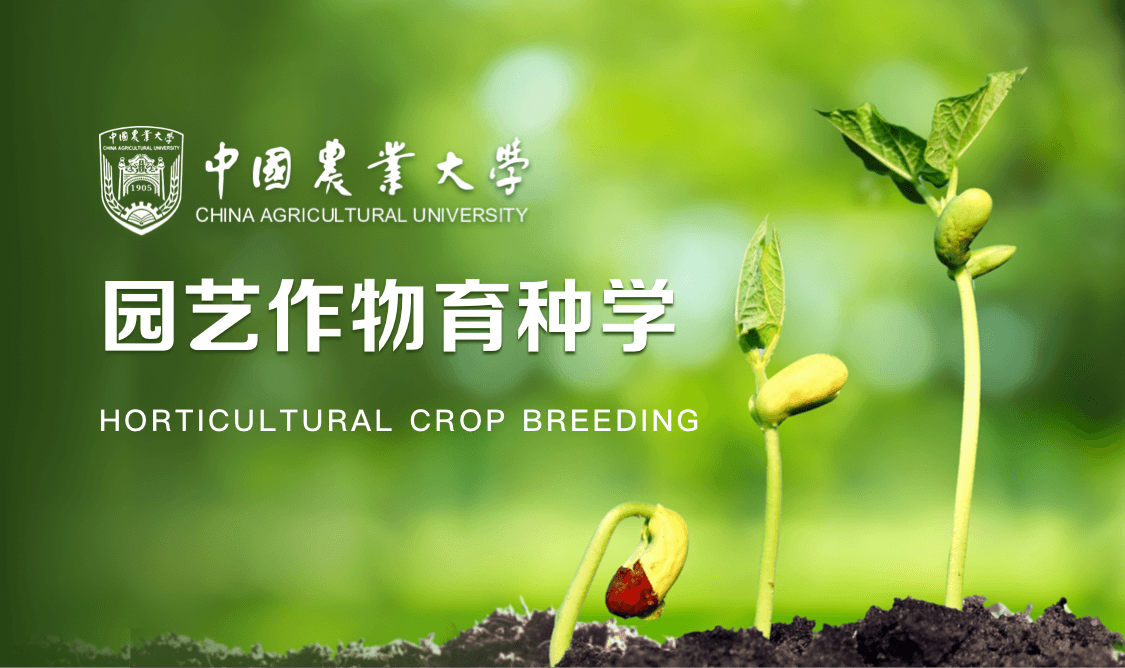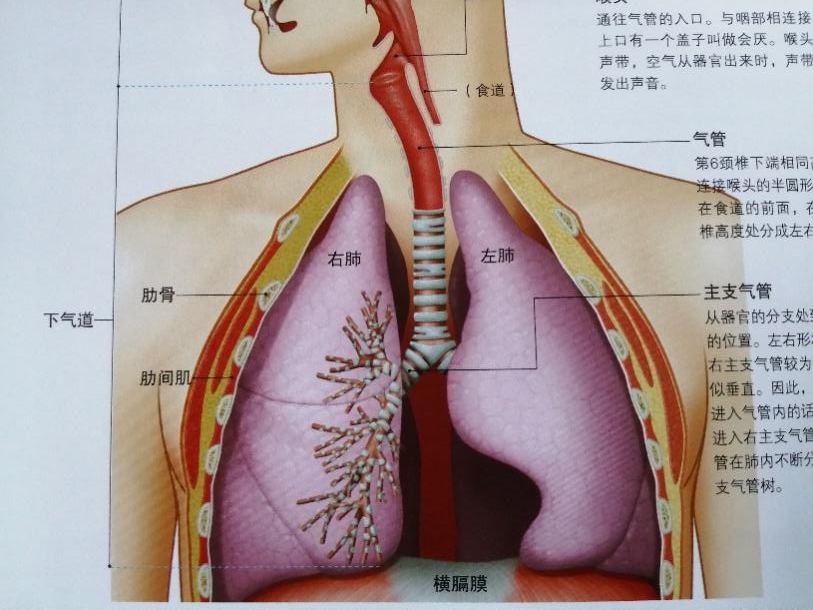
当前课程知识点:Production Engineering > Chapter 6 Sucker Rod Pumping(II) > 6.5 Calculation of Counterbalancing, Torque and Power > 6.5.4 Torque Curves
返回《Production Engineering》慕课在线视频课程列表
返回《Production Engineering》慕课在线视频列表
同学们好
本节我们学习扭矩曲线
首先我们看一下扭距曲线
是如何获取的
我们学习了扭矩的计算
特别是曲柄轴的输出扭矩
是如何由负荷扭矩
和平衡扭矩计算得到的
在这样的一个式子里面我们发现
曲柄的转角φ
以及抽油机的扭矩因数
都是随着抽油机运动的状态
不同的曲柄的旋转角度
这几个值是随之而变化的
将这样的变化带入到这个式子之后
我们就可以得到每一个曲柄转角
所对应的净扭矩
负荷扭矩
和平衡扭矩是多少
也就是我们可以得到这样的扭矩曲线
在这个扭曲曲线里面
我们看它的横轴
是它的曲柄的旋转角度
纵轴就是扭矩
有三条曲线
首先
这条曲线代表的就是负荷扭矩
我们发现这条负荷扭矩的曲线
在上冲程的时候
它是输出了正值
而到了下冲程的时候是变成了负值
也就意味着
如果抽油机没有平衡
对于曲柄轴来说
在上冲程它要输出一个非常大的正扭矩
而下冲程
它是由抽油杆下行
被动地带动曲柄轴来转动
而平衡扭矩是这条曲线
这条曲线里面我们发现在上冲程的时候
它是负值
这条负值的曲线表达的意思
就是上冲程的时候
实际上是平衡下移的过程
也就是平衡重下移
帮助悬点做功的过程
而在下冲程的时候
它输出了一个正的扭矩
而这条正扭矩曲线代表的
是在下冲程的时候
平衡重上移
储存能量的这样一个过程
正是因为有了平衡扭矩地出现
负荷扭矩减掉平衡扭矩
得到了第三条曲线
就是我们所说的净扭矩
也就是曲柄轴的输出扭矩的这条曲线
这条曲线有什么特点
我们看首先它的幅值上
它的输出扭矩
跟没有平衡的这个负荷扭矩相比的话
它的幅值要小了很多
第二无论是上冲程还是下冲程
这条净扭矩曲线大部分都是正值
也就意味着上冲程
下冲程曲柄的输出轴
都是输出正扭矩的
这就达到了
我们所说的平衡的这样一个目的
使它的峰值降低了
使它的上下冲程都输出正扭矩了
这就是我们所说的
根据扭矩的计算公式
得到的这样的一条扭矩曲线
扭矩曲线有什么作用
首先我们来看一下
通过扭矩曲线
我们得到了每一个曲柄转动角度
它所对应的输出扭矩值的大小是多少
这样一个大小是不是每一个时刻
每一个角度都对应了一个正扭矩
对于这条曲线来说
我们发现这个位置上
出现了负扭矩的情况
这种负扭矩的出现
代表了减速箱有一种现象
叫做背面冲突的现象
这种背面冲突的现象
就是在整个曲柄旋转的过程当中
如果减速箱出现了负扭矩的情况
也就意味着减速箱的主动轮
与从动轮之间有一个转换
这种转换和我们日常生活中
骑自行车上坡下坡的时候是非常相像的
骑自行车上坡
你用力的去蹬的时候
它的链条和齿轮之间
是有一个面在接触的
如果下坡你没有用力蹬了
这个时候链条和齿轮之间的
另外一面是接触的
如果这种从动轮
主动轮交互的方式
切换的方式频繁发生的话
对于减速箱上的齿轮
是一个非常大的冲击作用
所以我们通过分析扭矩曲线来观察
扭矩曲线上
有没有这种负扭矩的情况出现
来判断决定减速箱有没有发生背面冲突
这样一种有害的现象
如果发生了这样一种现象怎么办
我们可以通过调节这种平衡扭矩的方式
特别是对于一些异相型的抽机来说
它可以调节上下冲程的时候
各占的比例多少
这样的话可以有效的去降低
背面冲突现象的发生
另外我们来看对于扭距曲线
计算出的每一个转角对应的扭矩情况
我们可以判断它的平衡状态怎么样
前面我们讲了平衡的条件
而这个地方我们得到了扭矩曲线之后
我们可以去判断每个转角的时候
它的平衡状态是什么
特别是我们这个地方提一个概念
就是扭矩曲线上的峰值
我们称它为峰值扭矩
而上冲程下冲程的
峰值扭矩的大小是否接近
决定了抽油机是不是达到平衡的状态
也就是根据扭矩曲线
我们得到了一个
新的平衡条件的判别方法
就是判别它的峰值扭矩
上冲程和下冲程的
峰值扭矩是不是相等的
如果不相等
我们可以通过这个式子去做一个调节
这种调节调节的是什么
平衡半径
就是通过这种扭矩曲线的处理
我们得到了平衡半径的调节的幅值大小
这就是我们通过扭矩曲线可以进一步
来得到的一个平衡的判别的方法
刚才我们说到了峰值扭矩
峰值扭矩可以来判断平衡
可以来选择减速箱的额定扭矩的值大小
同时我们通过峰值扭矩也可以去计算
电机的功率的大小
峰值扭矩如何来计算
我们有几种简化的方式
这种简化方式是如何简化的
有这样的一些假设条件
把抽油机的悬点运动简化为简谐运动
忽略掉了它的惯性和游梁摆角的影响
以及认为最大的峰值扭矩发生在
曲柄转角为90度的时候
在这种假设条件之下
我们可以将峰值扭矩的公式
简化为这样的一个式子
这个式子S/4乘以一个最大悬点载荷
减掉最小悬点载荷
我们知道
最大悬点载荷和最小悬点载荷
我们通过前面的学习
是有公式来计算的
乘以四分之冲程
得到了它的峰值扭矩
是比较简化
比较容易得到的一个计算公式
另外在不同的油田也提出来了
相对应的一些经验公式
来计算峰值扭矩的大小
以上就是我们介绍的
扭矩曲线的主要内容
同学们再见
-1.1 Main Tasks of Production Engineering
--1.1 Main Tasks of Production Engineering
-1.2 Flow in Production System
--1.2 Flow in Production System
-Problems
--Chapter 1 - Problems
-2.1 IPR Curve and Well Productivity
--2.1.1 Single-Phase Oil Inflow Performance Relationships
-2.2 Vogel's IPR and Applications
--2.2.2 Determination of IPR Curves Using Vogel's Equation
--2.2.3 Skin Factor and Flow Efficiency
--2.2.4 Extension of Vogel's Equation for Non-Complete Wells
--2.2.5 Combination Single-Phase Liquid and Two-Phase Flow
-Problems
--Chapter 2--Problems
-3.1 Two-Phase Flow in Wellbore
--3.1.1 Flow Regimes in Vertical Flow
-3.2 Two-Phase Vertical Flow Pressure Gradient Models
--3.2.1 Two-Phase Pressure Gradient Equations
--3.2.2 Predicting Gas-Liquid Flow Regimes Using the Okiszewski Correlation
--3.2.3 Pressure Gradient Calculation Using the Okiszewski Correlation
-3.3 Vertical Lift Performance
--3.3 Vertical Lift Performance
-Problems
--Chapter 3--Problems
-4.1 Nodal Analysis Approach
--4.1.2 Solution Node at Bottom of Well
--4.1.3 Solution Node at Wellhead
-4.2 Flow through Chokes
--4.2.2 Solution Node at Choke
-Problems
--Chapter 4--Problems
-5.1 Principles of Gas Lift
--5.1.2 Initial Kick-off of Gas Lift
-5.2 Gas Lift Valves and Gas Lift Completions
-5.3 Gas Lift Design
--5.3.1 Gas Lift Design for Specific Production Rate
--5.3.2 Gas Lift Design for Specific Injection Rate
--5.3.3 Kick-off Procedure with Unloading Valves
--5.3.4 Design Depths of Unloading Valves
-Problems
--Chapter 5--Problems
-6.1 Introduction of Surface and Downhole Equipment
-6.2 Operating Principle of Sucker Rod Pumps
-6.3 Pumping Unit Kinematics
--6.3.1 Motion of Polished Rod-Simple Harmonic Motion
--6.3.2 Motion of Polished Rod-Crank and Pitman Motion
-6.4 Polished Rod Load
--6.4.3 Peak Polished Rod Load and Minimum Polished Rod Load
-Problems
--Problems for chapter 6: Sucker Rod pumping I
-6.5 Calculation of Counterbalancing, Torque and Power
--6.5.1 Balance of Pumping Unit
--6.5.2 Counterbalancing Calculation
--6.5.3 Torque and Torque Factor
-6.6 Volumetric Efficiency of Pump
--6.6.2 Gas Effect on Pump Performance
--6.6.3 Measures of Enhancing Pump Volumetric Efficiency
-6.7 Design of Pumping System
--6.7.1 Strength Calculation and Design of Sucker Rod Strings
--6.7.2 Design Procedures of Pumping System
-6.8 Analysis of Sucker Rod Pumping Well Conditions
--6.8.1 Acoustic Surveys and Analysis of Annular Liquid Levels
--6.8.2 Introduction of Dynamometer Card
--6.8.3 Typical Dynamometer Cards
-Problems
--Problems: Chapter 6: Sucker Rod Pumping (II)
-7.1 Water Injection System
--7.1.1 Water Resources and Water Treatment
--7.1.2 Introduction of Water Injection System
-7.2 Injectivity Analysis
--7.2.1 Injectivity and Injectivity Index Curves
-7.3 Injection Tubing String
--7.3 Introduction of Injection Tubing Strings
-7.4 Analysis and Application of Injectivity Index Curves
--7.4.1 Analysis of Injectivity Index Curves
--7.4.2 Injection Choke Deployment
-Problems
--Chapter 7--Problems
-8.0 Introduction
-8.1 The Fracturing of Reservoir Rock
--8.1.1 Basic Rock Mechanics Parameters
--8.1.4 Fracture Initiation Conditions
-Problems
--Chapter 8(I)--Problems
-8.2 Fracturing Fluids
--8.2.2 Fluid-Loss Properties of Fracturing Fluids
--8.2.3 Rheological Properties of Fracturing Fluids
-8.3 Proppants
-8.4 Hydraulic Fracturing Design
--8.4.1 Productivity Index of Hydraulic Fracturing Wells
--8.4.2 Fracture Geometry Models
--8.4.3 Design Procedure for Hydraulic Fracturing
-Problems
--Chapter 8(II)--Problems
-9.0 Introduction
-9.1 Carbonate Acidizing
--9.1.1 Mechanism of Carbonate Acidizing
--9.1.2 Effect Factors of Reaction Rate
--9.1.4 Effective Distance of Live Acid
-9.2 Sandstone Acidizing
--9.2.1 Mechanism of Sandstone Acidizing
--9.2.2 Mud Acid Treatment Design
-9.3 Acidizing Treatment Technologies
--9.3.2 Acidizing Treatment Operations
-Problems
--Chapter 9--Problems
-Final Exam


